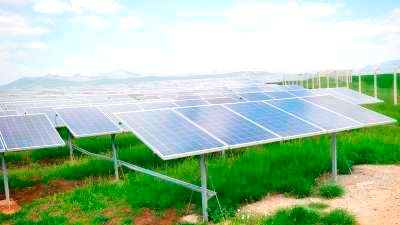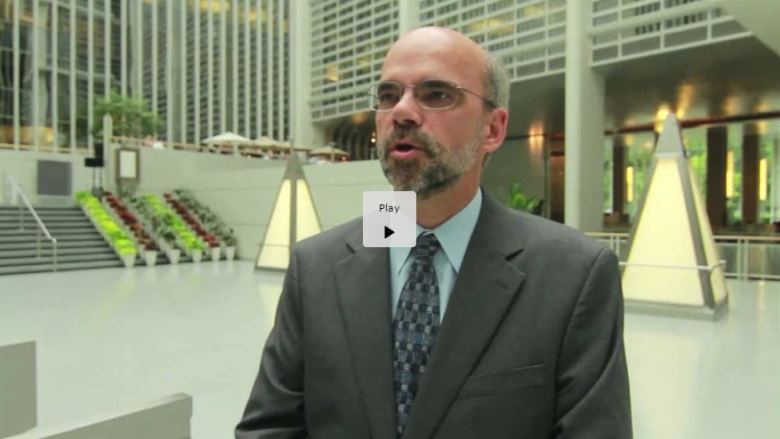Following the collapse of the Soviet Union in the early 1990s countries throughout the Europe and Central Asia (ECA) region underwent an economic transition – moving from the planned economies of the past to the market economies of today. In the first decade of the new millennium, these same countries moved from social division toward inclusion by improving public services, education, and social safety nets.
These countries are now poised to undergo another transition over the current decade – moving from brown to green growth, a move that can make production and consumption more sustainable, increase the quality of life, and reduce the impacts of climate change.
But what does it mean to transition from “brown” to “green” growth?
“Brown growth describes economic development that relies heavily on fossil fuels and does not consider the negative side effects that economic production and consumption have on the environment,” says Uwe Deichmann, Senior Environmental Specialist at the World Bank and co-author of the recently published Growing Green: The Economic Benefits of Climate Action.
“Green growth,” continues Deichmann, “implies moving to a far cleaner energy system that uses energy more efficiently and to much better natural resource management especially on agricultural lands and in forests.”
An already shifting climate is contributing to floods, droughts, heat waves, forest fires, and other natural disasters throughout the Europe and Central Asia region - highlighting the need for strategic action across a number of sectors to help mitigate the effects of climate change. Recent floods throughout the Danube River Basin caused catastrophic economic damage and several deaths in many countries in Europe. In 2012 several countries in the Europe and Central Asia region lost between 25 and 50 percent of the region’s grain crops as a result of droughts and floods. The worst drought in five decades decimated Russia’s agriculture sector in 2010 and illustrated the country’s growing vulnerability to drastic forest fires.
By taking climate action today, countries in the region can begin mitigating the negative impacts of climate change while simultaneously increasing their economic efficiency and productivity for tomorrow. By shifting from coal-fired electricity generation to lower-emission natural gas and renewables, for example, countries can not only lower their greenhouse gas emissions but also reduce air pollution that causes respiratory health issues – highlighting the types of economic co-benefits which can contribute to making countries more competitive. Although some mitigation measures continue to have net costs – including transition or adjustment costs – the costs associated with future damages that could result from continuing shifts in climate will likely be much higher.
Most estimates place the cost for climate action at approximately 1 percent of Gross Domestic Product (GDP) per year and many predict that these costs will eventually transform into benefits – for example in the form of health improvements, reduced energy expenditures and greater productivity. These associated costs nonetheless require countries to identify priority areas for investment.


